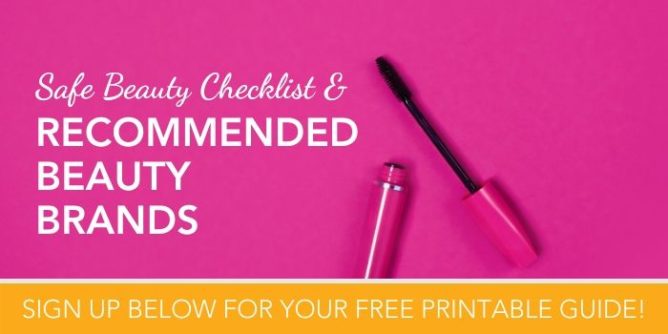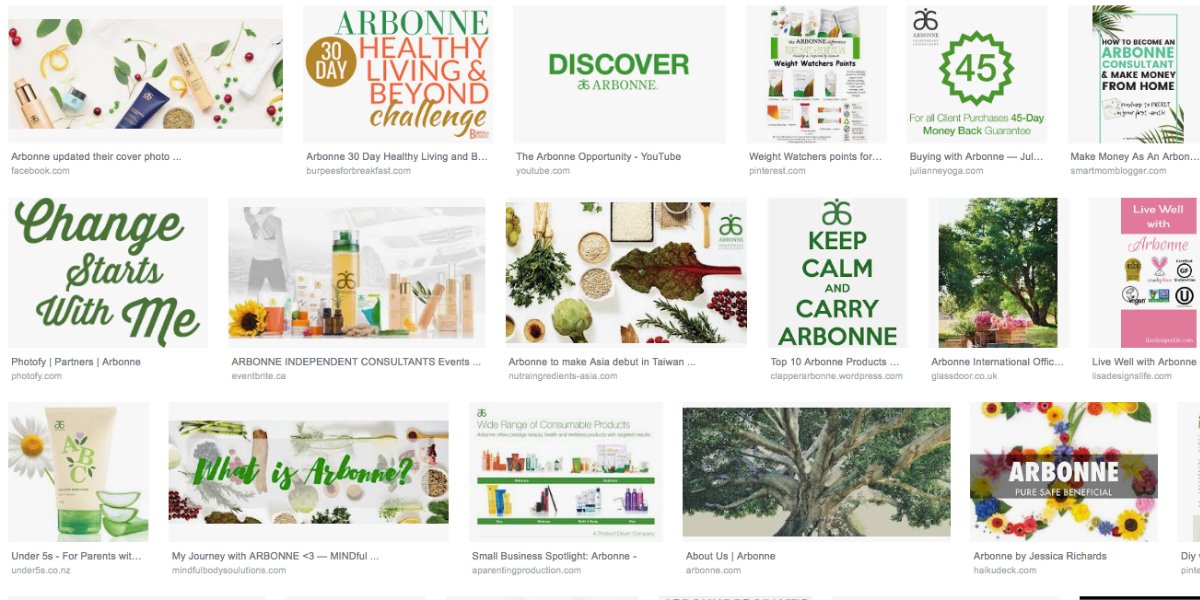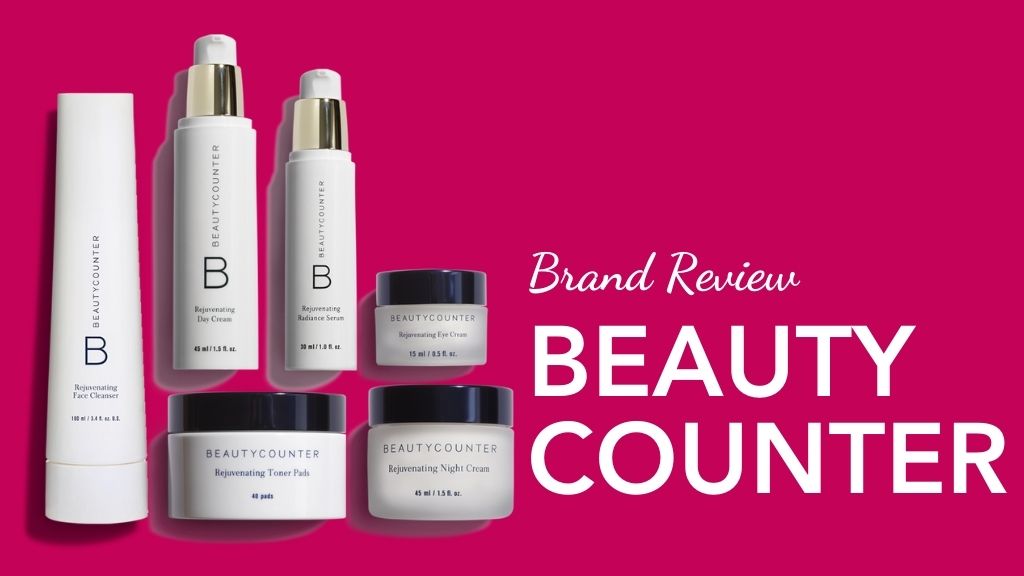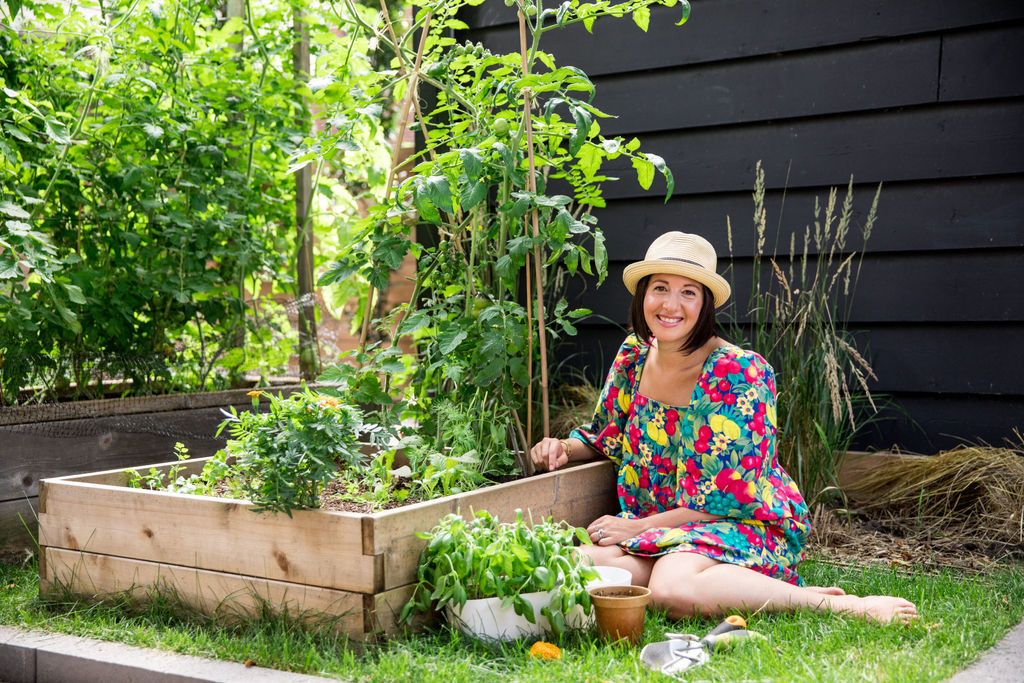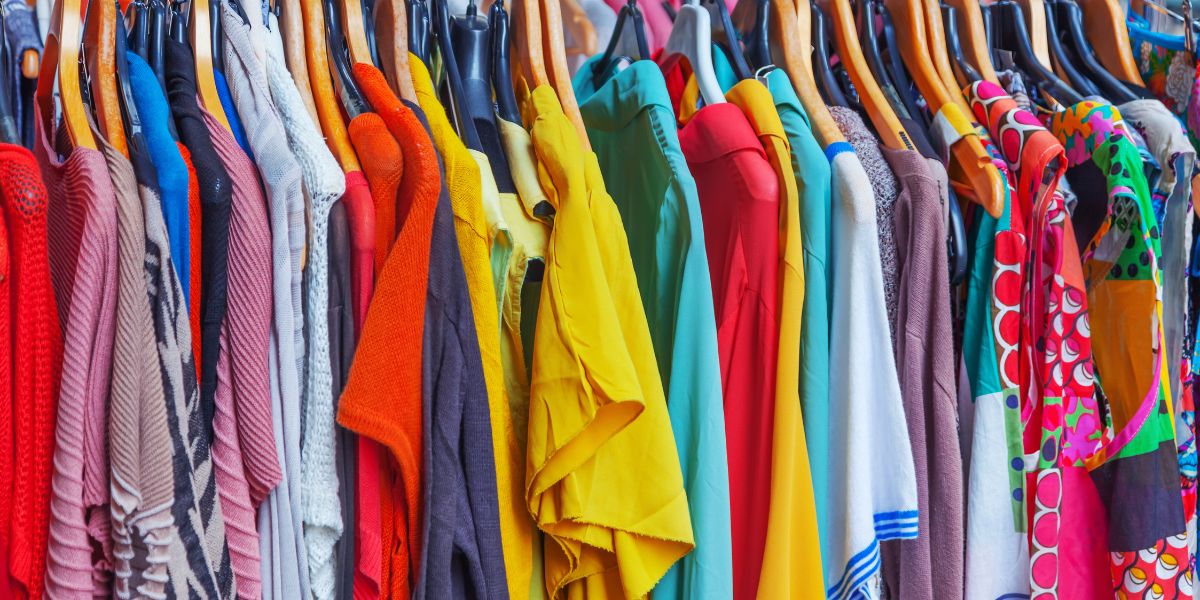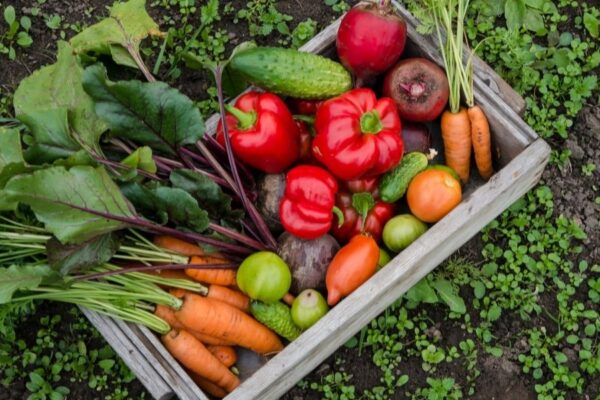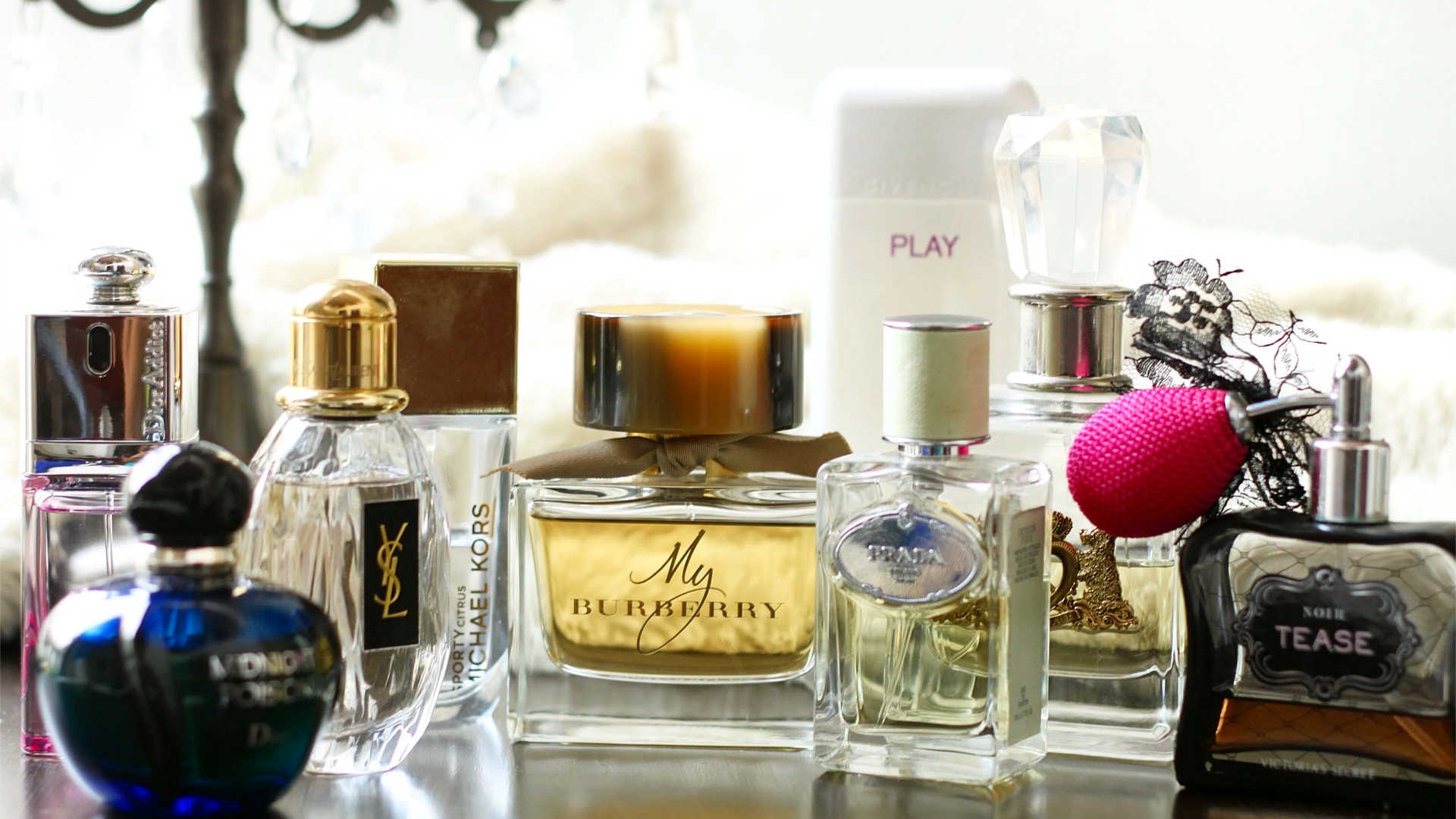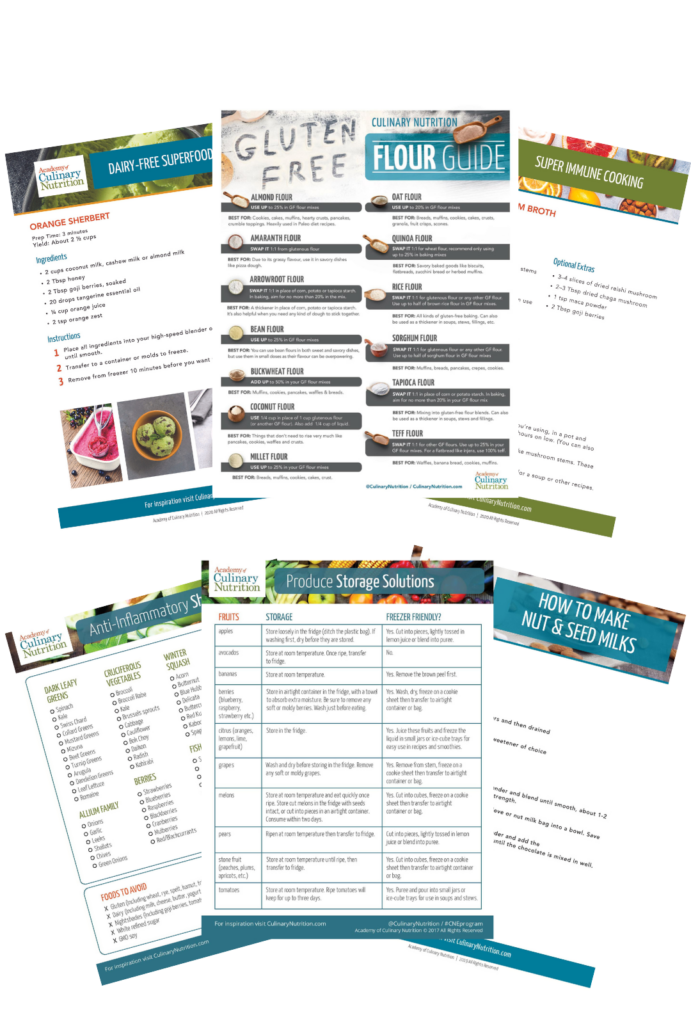How To Know If Your Essential Oils Are Top Quality?
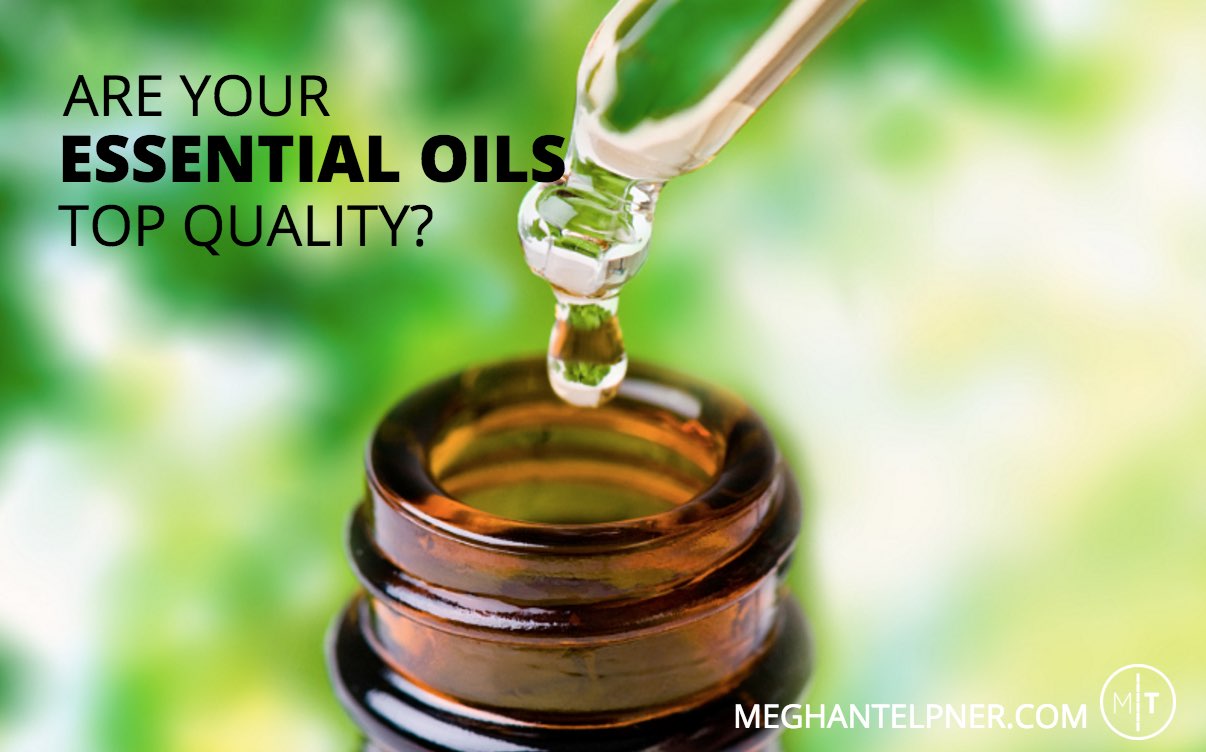
Are essential oils just snake oil in a pretty bottle?
I’ve been digging into this for over a year now, beginning last summer when I noticed a new multi-level essential oil company sweep into my social media feeds. What struck my curiosity at first was less about the oils and more about the controversy that seemed to surround them – the lawsuits, accusations and most important to me, questions being raised about quality.
Even more curious about these claims is that as they came to a head, two of the largest companies – doTERRA and Young Living – who were accusing each other of the very same things (theft of trade secrets, mislabelling and adulteration being amongst the issues), suddenly dropped their claims at the same time.
I assumed this was just standard competition stuff that we’ve seen before with other big brands in Corporate America. Then I read this article on LearningAboutEOs.com last summer that showed ‘proof’ from a third-party lab that there were synthetic compounds found in several large and small essential oil companies. I highly recommend you read this in its entirety.
And that’s when I started looking into the whole industry that is currently blowing up in amazing and potentially dangerous ways. Wait, dangerous?
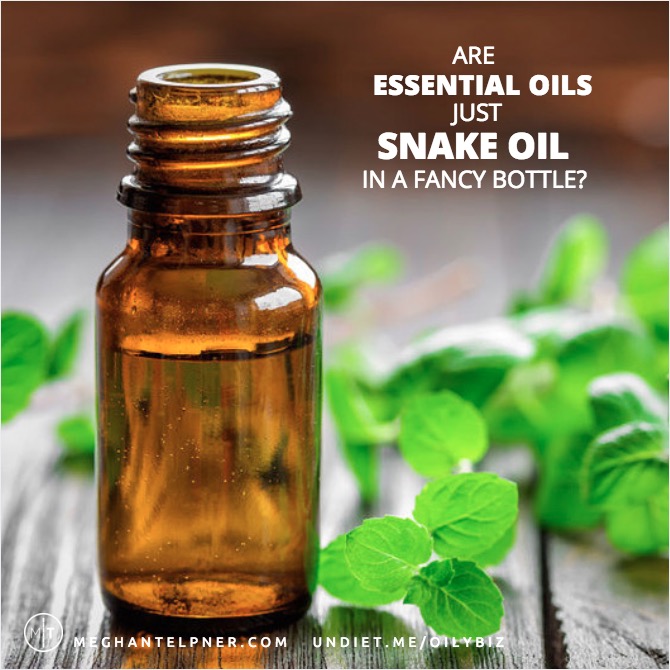
The Environmental Implications
The global essential oil market is expected to reach 11.7 billion by 2022. There is a danger in the mass popularity of essential oils and not just because of the way in which they are being used (or in many cases, overused), or that they are being sold widely by people whose only training is from the companies that stand to profit directly off mass consumption of these oils. There is also the impact this production is having on the environment.
Essential oils were once a small market product available mainly through trained aromatherapists and medicine men and women. With the massive production scale we are now seeing in oils, many are being grown as mono-crops requiring heavy amounts of pesticides, mass harvesting and in some cases irresponsible harvesting. This can both endanger plant species and hike the prices.
Of course, it’s amazing to see essential oils go mainstream, but it’s the responsibility of the companies creating this mass market to ensure they are harvesting responsibly and sustainably. And unfortunately, this is not the case. Give back programs to support the environment are kind of the same as big oil companies having to pay after major spills. One positive action doesn’t undo a destructive one. Maybe this is just a different type of big oil.
Free Resource Library
Enjoy more than 40 downloadable guides, recipes, and resources.
The Purity Factor: Can Your Trust Your Supplier?
I emailed one of the aforementioned companies directly asking for one very specific thing: three consecutive months of third party testing that showed no adulteration of their oils. I was looking for proof of the purity of their product. The response I received was from their in-house legal counsel.
To be clear, contamination or adulteration – whatever you want to call it – happens. It’s happened with almonds, spinach, protein powders, supplements and seemingly daily with processed food. Obviously, we’d hope the brands we know and trust have systems worked out to ensure this doesn’t happen. But sometimes it does. The important thing to pay attention to when it does happen is how the company handles it. Do they own it, take responsibility, and put motions in place to improve, telling their customers how they are going to do better? Or do they deny it and start placing blame elsewhere?
Contamination or adulteration can happen in any industry. The important thing to pay attention to is how the company handles it.
In response to my request for testing results, the company I reached out to explained that they do testing each month, but if I wanted to review the tests I would need to sign a non-disclosure agreement owing to the proprietary information in the results. I am also guessing that they were not willing to share the results of their testing for other privacy reasons given how competitive this market has become. To receive this information, I would also be required to grant them access to a private Facebook group I manage where the discussion had first sparked my questioning. (I can only assume one of the members of this group approached the company directly asking the questions that were being raised.)
I looked into the proprietary claim a little further and there really isn’t much to it. Pure oil is pure oil. You would see the compounds of plant matter and maybe the location of origin. That’s pretty much it. The best oils on the planet, each specific one, typically comes from only a few locations, with each region having distillers that work with a specific plant. I sent the following email last year in response to their request for the non-disclosure in exchange for lab results, and their request to know how they were going to be used.
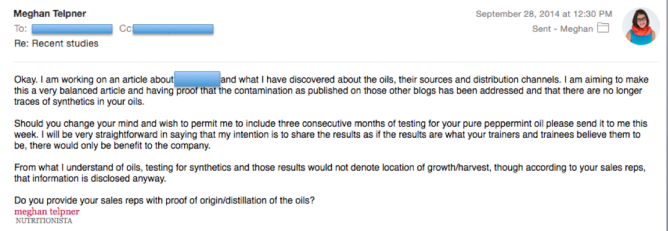
“I am working on an article about [company name] and what I have discovered about the oils, their sources and distribution channels. I am aiming to make this a very balanced article and having proof that the contamination as published on those other blogs has been addressed and that there are no longer traces of synthetics in your oils.
Should you change your mind and wish to permit me to include three consecutive months of testing for your pure peppermint oil please send it to me this week. I will be very straightforward in saying that my intention is to share the results as if the results are what your trainers and trainees believe them to be, there would only be benefit to the company.
From what I understand of oils, testing for synthetics and those results would not denote the location of growth/harvest, though according to your sales reps, that information is disclosed anyway.
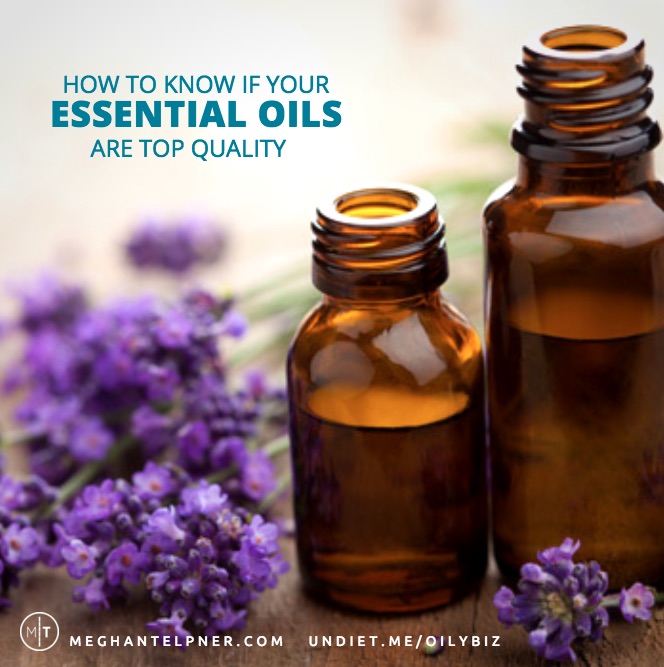
Because of email disclaimers, I cannot share the response I received without infringement. What I can say is that the company responded quickly, and included a proclamation from an apparent “third party expert”. I sent this to an essential oil expert I have worked with and trust who confirmed that much of it was fancy language to confuse consumers, but it didn’t respond to the query of whether a batch of their oils had been contaminated and what is being done to ensure this is no longer happening.
Despite them not answering the questions I had actually asked, I could see how a consumer who wants to believe in their supplier, might be swayed by the perception of transparency, when in fact, nothing of substance had been shared. The propaganda spun by these companies, really marketing and sales machines is very convincing.
In the follow-up email that I received, it stated that they have never found any adulteration in their oils, that perhaps a compound of the oil was misidentified, and that they couldn’t contact the lab that had done the testing and shown adulteration because they are located in France. I know they speak French in France, but they do have phones and email.
There is language on this company’s website that says that batches are tested on a regular basis but the company would not provide proof without my signing the non-disclosure, which I feared would further limit what I could share here.
I apologize that this is vague, but again, when you email customer service and get a response from legal counsel, or have a phone call scheduled with their communications lead and the call is controlled by legal, well, it’s best to say less. And really, it’s not that important when we start to look at what we actually want in our essential oils: top quality, pure oil.
If there isn’t a grading system to oils, how can we know for sure our essential oils are top quality?
This is a tough question to answer, as you may have gathered. I’ve pulled together information from a variety of sources in the hopes that you will start asking the questions that will ensure your confidence in whatever oil products and brands you are using.
Approaching a company is our right. And getting answers to our questions in a clear and easy to understand way is the responsibility of the company.
Price Variance
This is an easy place to start. The pricing of oils depends on the yield of oil from the plant. Some flowers like rose or neroli (orange blossoms) take loads more plant matter to make one drop of pure essential oils. For example, it takes 60 roses to make one drop of rose essential oil. For this reason, it would make sense that a more abundant oil like Lavender might be priced between $20 and $30 and a Rose Otto be closer to $80 for the same volume. Be wary of oil brands that are a single price across the board.
Fancy Names and Claims
“Nature Identicals” is a fancy word for synthetic so watch out for this on product bottles or websites. “Nature identicals implies that molecules of a synthetic odorant are identical to the make-up of natural odorants. In reality the composition of natural odorants is always more complex than the synthetic look-alike.” (source).
“Therapeutic grade” is a marketing label that means absolutely nothing.
“Therapeutic Grade” or anything along these lines is another common term used to describe “top quality oils”. It sounds legit, but it is a marketing term that I am guilty of having used myself in the past when talking about oils. I thought it meant something. There isn’t a therapeutic standard for essential oils so the name and any emblem associated with it is virtually meaningless. It’s a self-regulated claim like many other healthwashing terms. Cropwatch explains here.
Botantical Names
Always use the botanical name for essential oils when ordering, or looking on the bottles/website. The botanical name tells the genus and species of the plant and includes information about the variety, cultivar, chemotype and hybrid when needed. This often denotes the quality and ensures you are getting and using what you are expecting.
Parts Being Used
Know how the plant was distilled and what part of the plant is being used. Ideally, you’re working with a trusted and trained aromatherapist so they can do this digging for you. How an oil is distilled is important to the quality. As well, some distillers may use more abundant/cheaper parts of a plant, but you’re getting a subpar product. For example, you always want cinnamon bark, not cinnamon leaf. Another example is German Chamomile (Matricara chamomila). It is often adulterated with Blue Tansy (Tancetum annum), which is a lovely oil but it’s not German Chamomile.
MS/GC Testing
This is something that should be readily available. For example, the company Aromatics International lists its oil data right on the respective product pages. Most often, you won’t often find this posted on websites, but upon request, you should be able to receive it. According to Aromatics, “Gas Chromatography (GC) is a method of separating the volatile compounds in essential oils into individual components and produces a linear graph that charts these components. Mass Spectrometry (MS) identifies each of these components and their percentages. This process is used to identify any adulteration of the essential oil tested. The precise breakdown of the chemical components in individual oils given to us by GC/MS reports are important as the therapeutic benefits and safety issues of essential oils are, in large part, determined by their chemical makeup.” (Source)
Trust Your Nose
When you smell oils alongside each other, the nose often knows. Comparing a cheap synthetic oil next to a pure oil, the difference is fairly obvious. The more practiced you are, the easier it becomes for your nose to tell you everything you need to know.
Take A Class
If you are seriously interested in diving into the world of essential oils, get trained. Start with a workshop in your local area taught by a trained aromatherapist. Whether you are using the oils purely for personal use or really want to get into the business of selling oils and sharing your knowledge, unbiased aromatherapy training from a certified aromatherapist and/or herbalist is invaluable.
Choosing A Supplier
These are some suggestions I found repeated from several sources. Not all of these requirements need to be met per se, but there are definitely some key ones here that may resonate with you.
Aim for suppliers that:
- are dedicated to supplying essential oils to the aromatherapy practitioner market.
- have close relations with their distillers.
- are brands that are owned by an aromatherapy practitioner or essential oil specialist.
- can readily and openly supply a batch-specific MS/GC spec report on each essential oil it sells.
- are able to provide material safety data sheets (MSDS) as needed.
- have a great reputation in the field and are well known to other aromatherapy practitioners or educators.
(Source)
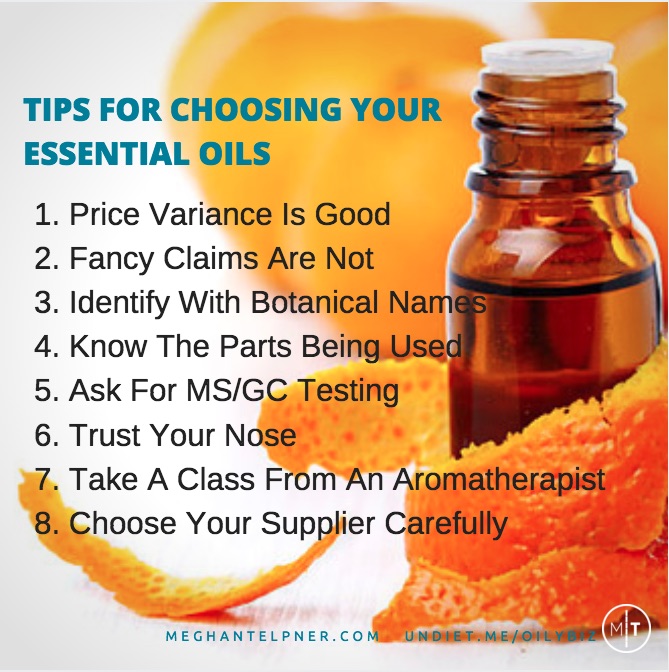
Cropwatch has this recommendation:
Potential essential oil buyers should independently check out the marketing information provided by essential oil traders – do not be put off asking for any extra information or reassurances that you are legally entitled to if the situation is not absolutely clear cut. The professional aromatherapist has a duty to be able to provide all relevant safety information relevant to to their clients’ treatment(s) and therefore it is part of ‘due diligence’ to ask questions, require any stipulated proofs, request an MSDS, ask for compositional data & certificate of origin of the batch of oil purchased and have their eyes wide open to marketing ploys & scams of all types – including providing GC’MS print-outs and other information which relate to other batches of oils entirely, and, of course, describing essential oils as ‘therapeutic grade’.
Why Does This Matter Anyway?
Due to the nature in which essential oils are used, they can be a powerful medicine and healing tool, or a dangerous chemical. Obviously, we all want to be buying what we think we’re buying, and be using them in safe, responsible, non-wasteful ways.
As oils are commonly used for inhalation and in combination with carrier oils for transdermal absorption, meaning rubbed into the skin in diluted forms, they are bypassing many of the body’s natural protective mechanisms and detoxification channels. Substances rubbed directly into the skin can go straight into the bloodstream and begin circulating – the good and the bad. Ideally, we only want the good entering our bodies in this method. Let our beauty care become our medicine.
Additionally, inhaling scents bring the chemical – healing plant chemical, or toxic synthetic chemical – straight into our lungs, while also bypassing the blood-brain barrier and this can have nearly immediate effects on our neurological health. Again, this is one of the reasons why oils can be so powerful. We are able to utilize their healing benefits without needing to digest and assimilate anything. Easy entry. This is also why I advise using top quality oils for all oil applications, whether it’s on your body or in your home.
Essential oils, when used correctly and are of top quality, are one of the purest medicines we have access to on the planet. They are distillations and high potency concentrations of plant medicine and must be used with awareness and guidance from a trusted source.
I invite you to do your own digging, and also your own learning to discover what you love and what works for you. You are more than welcome to post the brands that you use and trust. I kindly ask that you keep any affiliate links or personal sales pages out of the conversation.
I recognize that this is a heated topic, contradiction and constructive, informed debate is welcome but personal attacks on me or other members of this community will be deleted and you will be blocked from accessing this website.
Free Resource Library
Enjoy more than 40 downloadable guides, recipes, and resources.
References Cited In This Post
Burfield, Tony, and Chrissie Wildwood. “Threatened & Vulnerable Species: A List of Essential Oils Recommended by Cropwatch Not to Be Used in Aromatherapy.” The Cropwatch Series. N.p., Sept. 2004.
Burfield, Tony, and Kendra Kirkham. “The ‘Therapeutic Grade’ Essential Oils Disinformation Campaign“. Cropwatch.org. Adapted from “Naked Aromatherapy – the Truth Laid Bare” Aromatherapy Today 36, 28-33, as Further Updated in Cropwatch Newsletter August 2007. Web.
“Crop Watch: Pesticide Database.” Pesticides. Cropwatch.org.
“Essential Oil Market Size To Reach $11.67 Billion By 2022: Grand View Research, Inc.” Essential Oil Market Size To Reach $11.67 Billion By 2022: Grand View… PS Newswire, 8 Oct. 2015.
“Getting Started with Essential Oils.” Purity Testing (GC/MS).
Harris, Lee. “Learning About EOs – Using Essential Oils Safely.” Learning About EOs Using Essential Oils Safely. N.p., 13 Oct. 2013.
Harvey, Tom. “Judge Dismisses Much of Lawsuit between Rival Utah ‘oils’ Companies.” The Salt Lake Tribune. N.p., 23 Oct. 2013.
Harvey, Tom. “Essential Oils Manufacturers Young Living and DoTERRA Battle It out in Court over Alleged Theft of Trade Secrets, Phony Lab Tests and False Advertising.” The Salt Lake Tribune, Aug. 2013.
Keeson, Arvid. “Damning Evidence That Young Living and DoTERRA’s Essential Oils Are Adulterated.” Utah Stories. N.p., 15 Aug. 2014.
Minor, Conan. “Essential Oil Safety.” The Epoch Times Essential Oil Safety Comments. N.p., 17 May 2015.
Scheer, Roddy, and Doug Moss. “EarthTalk: The Environmental Impact of Essential Oils.” Darien News. N.p., 17 Oct. 2013.
Schnaubelt, Kurt. “Medical Aromatherapy.” Google Books. N.p., n.d.
Shutes, Jade. “The Quality of Essential Oils.” The British Medical Journal 2.1042
Telpner, Meghan. “Healthwashing Makes Me Feel Dirty: 10 Tips To Avoid The Trap” Meghan Telpner. N.p., 10 Aug. 2011.
Disclosure: I have chosen not to disclose the company I was in contact with as I don’t think it’s particularly important. I want to leave it to you to ask the questions and get answers that make sense for you. I am by no means an essential oil expert and so I rely heavily on the decades of experience of the experts that I work with and consulted with for this article. I am an affiliate of an essential oil company that I trust. I am not using my affiliate link or naming names in this article as my intention is not to profit off sharing this information but to empower you to really dig in and find your own answers so that you can use oils you trust as part of your healthy life.
Free Resource Library
Enjoy more than 40 downloadable guides, recipes, and resources.















